Disclaimer: We’ve been “farming” for all of five minutes. So nothing in the following post should be misunderstood as indicating that we know what we’re doing, because we don’t.
“So what exactly do you want to grow on the farm?” (a reasonable question to which we have a long and short answer)
Short Answer: Everything, really, that we can.
Long Answer: We are trying to see if we can grow most of our own food. Our family’s diet habits have shifted over the past few years, and now we eat mostly whole and unprocessed foods: vegetables, fruits, grains, dairy and animal-based proteins (there’s still plenty of junk in the house, and since we can’t grow chocolate, we will still have our account at St. Coby’s Tzarchania of Processed Foods). We’d like to grow all of the “whole foods,” except for the grains. We’re hoping to develop a certain autonomy when it comes to the quality of what we’re consuming, The thinking is that if we grow it ourselves, we know more or less how it was grown (organically, free-range eggs, pastured animals), and how it comes to the table (no packaging, compassionate slaughter).
Our farm includes a sizable olive grove, so hypothetically that’s our oil supply. (The olive grove had been quite neglected, so we’ve started tending to the trees and hope to fertilize the grove with these giant mounds of cow dung we’ve been gifted by our generous neighbors, plus with the mulch from the pruned trees. Let’s see if that rejuvenates the trees and increases yield next fall.)
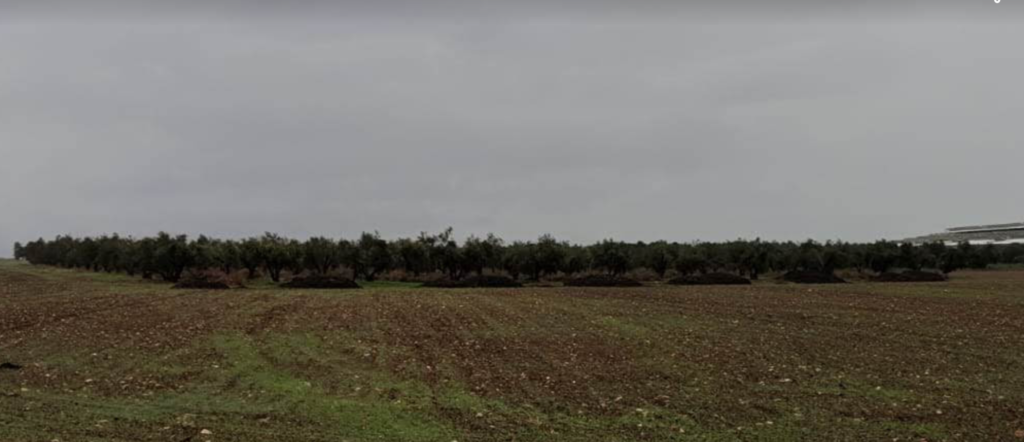
We hope to raise pastured livestock for protein and dairy — mainly sheep, a few cows, and chickens. To do that, we need to plant grasses and plants that the animals can graze on. The field had traditionally been planted with a cash crop, like wheat:
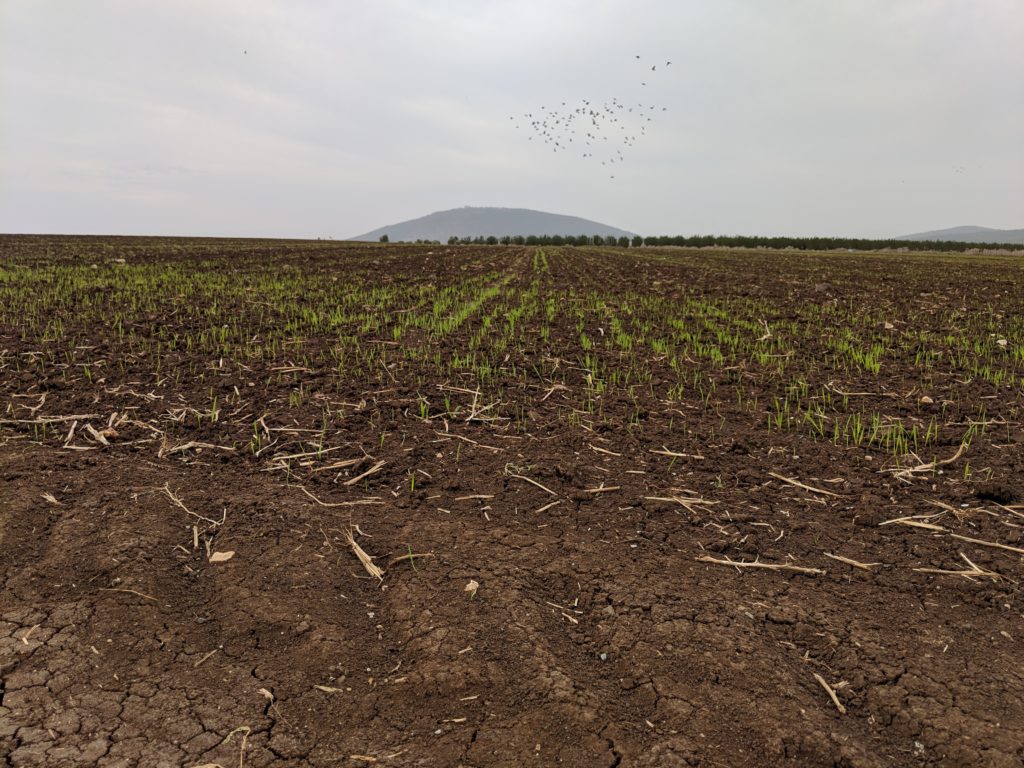
Instead, Ira planted wild grasses indigenous to this region in the hopes that we can “re-grass” the soil and then successfully pasture the animals. We’d like to plant a few fruit and nut trees around the perimeter as well. But what about the bulk of the produce — the vegetables and most fruits? Are we tilling, sowing, planting, reaping?
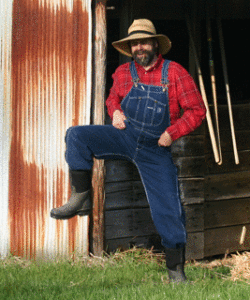
First, the problems with the whole “Farmer Joe” model of doing things:
- Soils in Israel have been degraded by farming. Farmers haven’t necessarily kept to an annual rotational cycle of planting, and monoculture (raising a single crop) has depleted the soil of its vibrancy. Growing in the soil is unpredictable because the soil isn’t currently up to par.
- Conditions (climate, elevation, unpredictable rainfall) do not allow for growing a huge variety of foods in one particular area. There is only so much you can do with zucchini and eggplant — we want the whole rainbow of foods available.
- Water is very expensive, and traditional farming methods are not at all efficient. If there is sufficient rainfall, most of the water seeps back down into the aquifer and does not get absorbed by the plants. And that’s only IF there’s sufficient rain — plus, the rainy season is limited to the winter here. (Fun fact: did you know that it’s currently illegal to collect rainwater here for your own personal use? The rain, LEGALLY, belongs to the Land of Israel, and you can’t steal it away from her…)
- Pests and disease are far more rampant in a traditional soil-based farming model. It’s crushing to invest so much money, time and energy into planting, only to see your produce and trees decimated by the red spider mite (not to mention kashrut issues involving bugs and produce — it is forbidden to eat insects, so halachically-observant Jews must carefully clean away all insects from any produce they consume. This is a time-and-energy sucker, I can tell you from much first-hand experience!)
Solutions include resigning yourself to growing just a few crops that do well in this region (olives and almonds), and to spraying pesticides and chemical fertilizers over your crop to keep ravaging insects away and the soil properly nitrated. Since we want to eat everything, and since we want our produce to be organically-grown with no chemicals in the soil or pesticides on the crop, we’re exploring an old/new idea called aquaponics.
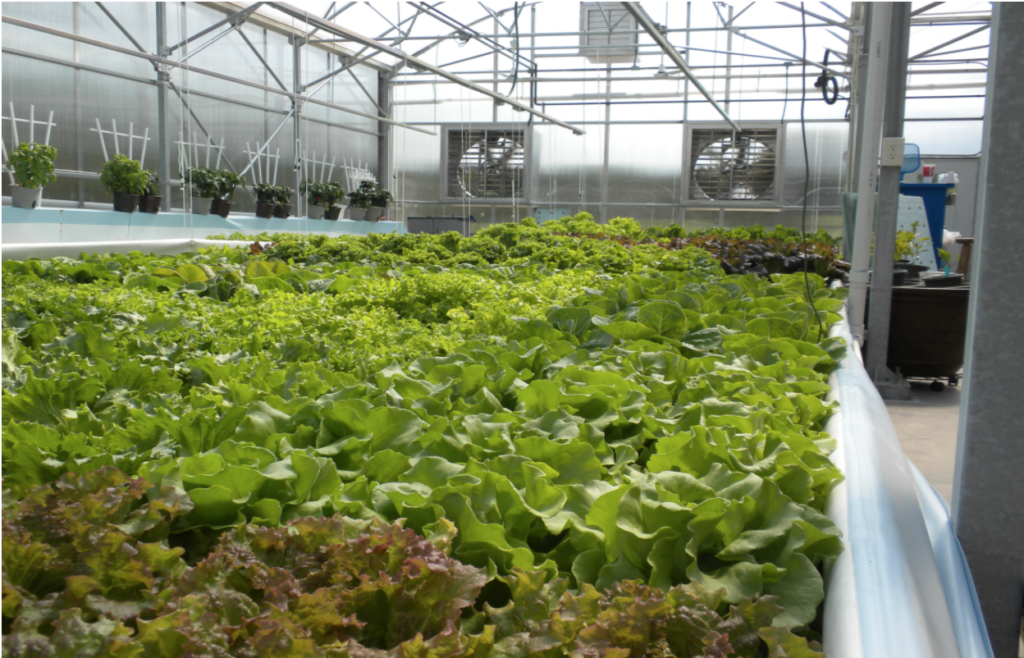
Since I was introduced to the whole idea quite recently, I’ll rely on a seasoned expert to define the concept: “Aquaponics is the cultivation of fish and plants together in a constructed, recirculating ecosystem utilizing natural bacterial cycles to convert fish waste to plant nutrients. This is an environmentally friendly, natural food-growing method that harnesses the best attributes of aquaculture (raising fish) and hydroponics (growing plants in water) without the need to discard any water or filtrate or add chemical fertilizers.” (Sylvia Bernstein, Aquaponic Gardening)
Basically, what this means is that the fish poop is great fertilizer for the plants, and the plants in turn filter out all of the ammonia from the fish tank, so the fish thrive. This whole symbiotic system can be as big or as small as you wish (Ira’s envisioning a greenhouse so that the conditions can be controlled and many different crops can be raised, plus there are far fewer rodents and insects in that environment. Currently, though, he’s experimenting with a tiny scaled-down system to figure out the kinks. He’s built himself a small tank, figured out how to construct a syphon/pump system and is testing out a few different types of grow beds, as you can see in the pictures).
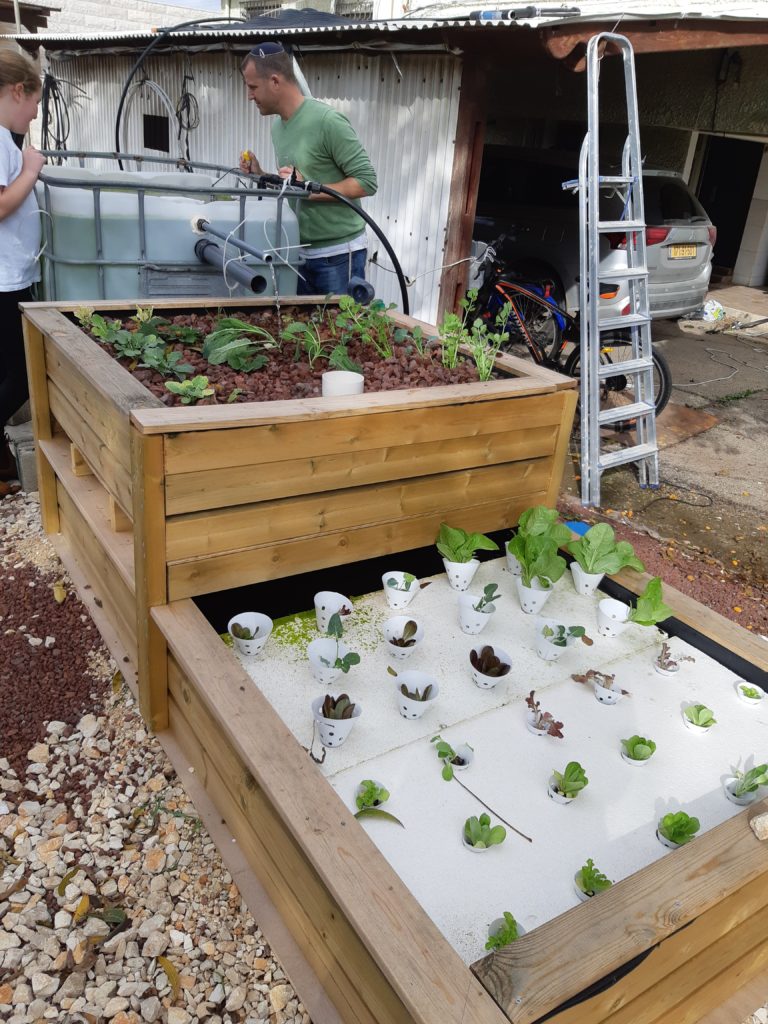
Hypothetically, you can raise a huge number of fish annually, plus a ridiculous surplus of vegetables in a small space, on very little water (since the water is constantly pumped between the fish tank and the grow beds). Lots of protein, lots of veg, extremely sparing use of water, no chemical fertilizer, avoiding pests — Eureka! I do believe we’ve got ourselves a potential solution.
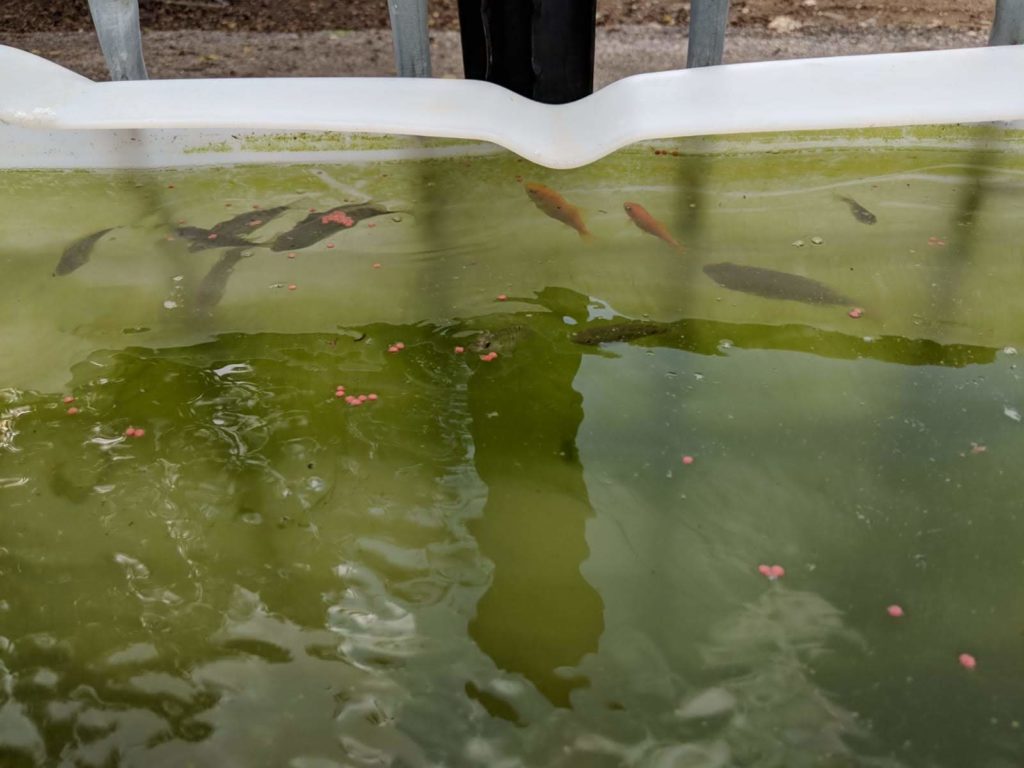
Time will tell, though. Here’s what I asked Ira (who took a course in aquaponics, so he knows much more than I do — but insists that yet again I add the disclaimer that he’s very new to this):
- What kind of fish can we grow?
Tilapia, mainly, though perhaps some kinds of bass — no salmon. But you don’t have to harvest the fish. They can just live out their happy lives in the tank.
- We can grow ANYTHING? As in…(eyes closed, hands clasped)…blueberries? (holding breath)
Well, pretty much anything. But blueberries are very tricky, so that might not work out. You can grow fruiting trees in the grow beds, though. All herbs, green leafies, pretty much every veg you can think of including roots and tubers (these need a specific type of grow bed called a “wicking” bed) grow spectacularly well in this system.
- How much upkeep is necessary?
Not a whole lot, but you do need to test the water on a somewhat regular basis to make sure that the (natural) filtering system is working, and troubleshoot if it’s not. Plus the pumps need to be in good working condition. I can follow all of this on an app.
Here’s hoping that his experiment is fruitful (literally), and that he can move on to more large-scale production. Meanwhile, we have to start tackling the halachic implications of growing produce this way, plus eventually think about the halachic issues involved in raising animals for dairy/eggs/meat. Though Ira has started learning hilchot shchita, there’s so much more that we need to learn. But as the mishna says: “He who learns in order to do, is granted the means to learn, teach, observe and practice” (Avot 4:6) Let’s hope we manage to learn and to put into practice before Shmitta year arrives, when things will get a whole lot trickier down on the farm!
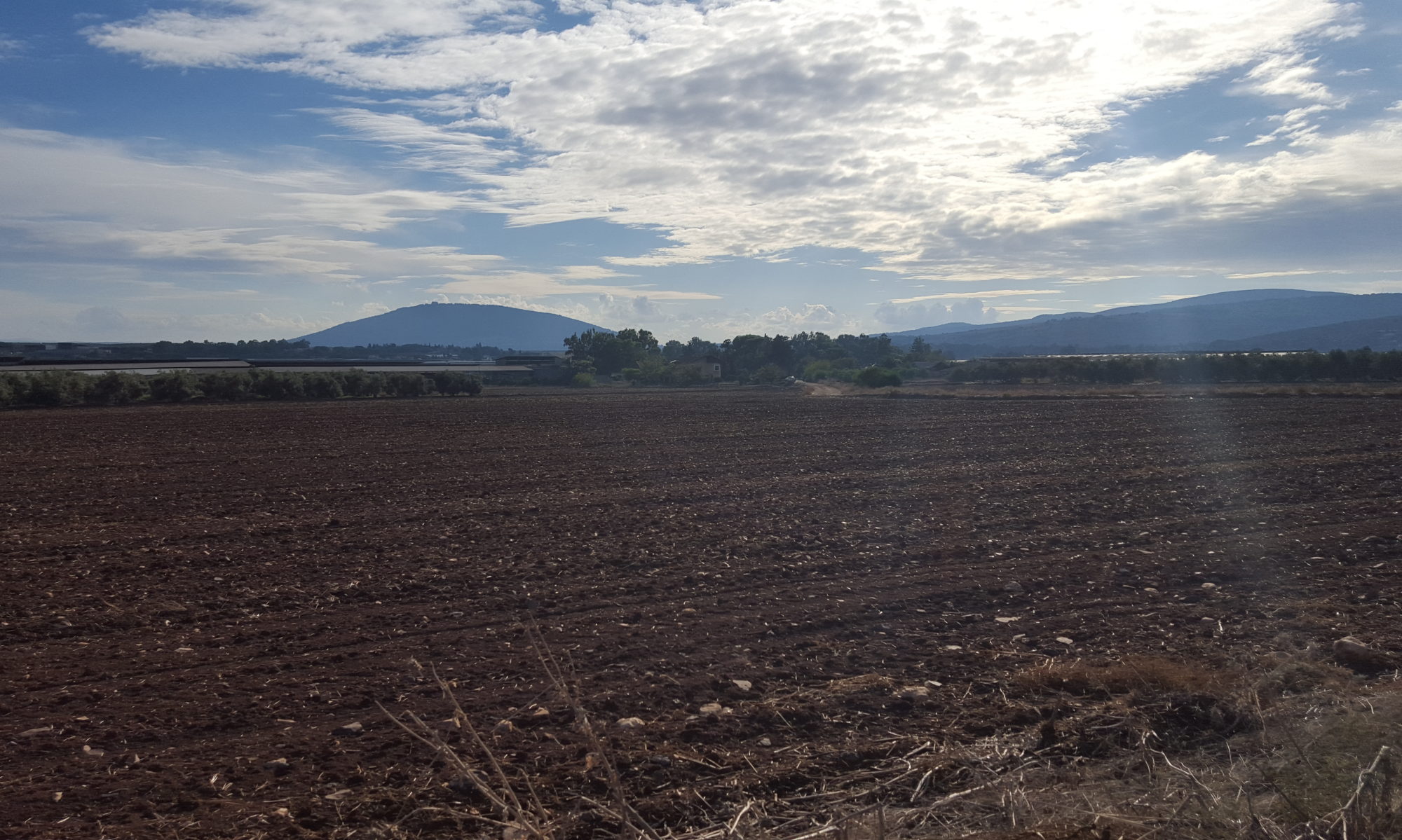
Snow peas and Brussels sprouts please?
BTW, by having the aquaponics under a greenhouse, you won’t have to worry about hawks eating all your fish.
We love both of them, so we’re definitely going to try!